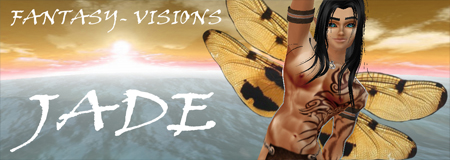They are more likely to be mocking and manipulative than outrightly cruel or murderous to 'lesser' creatures, aided greatly by their natural talents for hallucination. They are infamous for tricking desert travelers into drinking sand or going miles out of their way to avoid nonexistent dust basins.
Blue dragons tend to be carnivorous though they will eat plants on occasion. While almost anything is potential food, a blue dragon prefers camels above all else. They are enemies of brass dragons.
Blue dragons are orderly creatures, and are unusual for chromatics in that they keep fairly well-ordered, hierarchical societies. Despite their evil nature, they are actually excellent parents to their young, and will rarely leave their eggs unattended. Blue dragon eggs must be buried in warm sand to incubate. Blue wyrmlings are actually quite cute, but they are quick to taunt any other creature, and even quicker to hunt small desert creatures for food.
The typical blue dragon lair is dug into one of the towering rock formations that dominate desert landscapes. As with all dragon lairs, the blue dragon's lair will have two entrances: one at ground level and hidden by the sand, and one opening onto a high ledge on which it can perch and survey its territory. Each lair also has a large subterranean cavern with a large pool of water and a sandy beach, which its inhabitant will use for drinking and relaxation.
The blue dragon excels at aerial combat, perhaps more so than any other species of dragon. Their lightning discharges are very easy to aim at other aerial foes, or at creatures below them on the ground. They are one of the most powerful dragons at spellcraft. They are also extremely adept at burrowing in sand, and often lie in wait just below the surface of the desert for prey. When they are so burrowed, their large horns can easily be mistaken for pointed desert rocks.
This dragon's triggers are rest and fly.
Click the links below for the others, including pet and furniture versions.
Furniture:





Pets:






